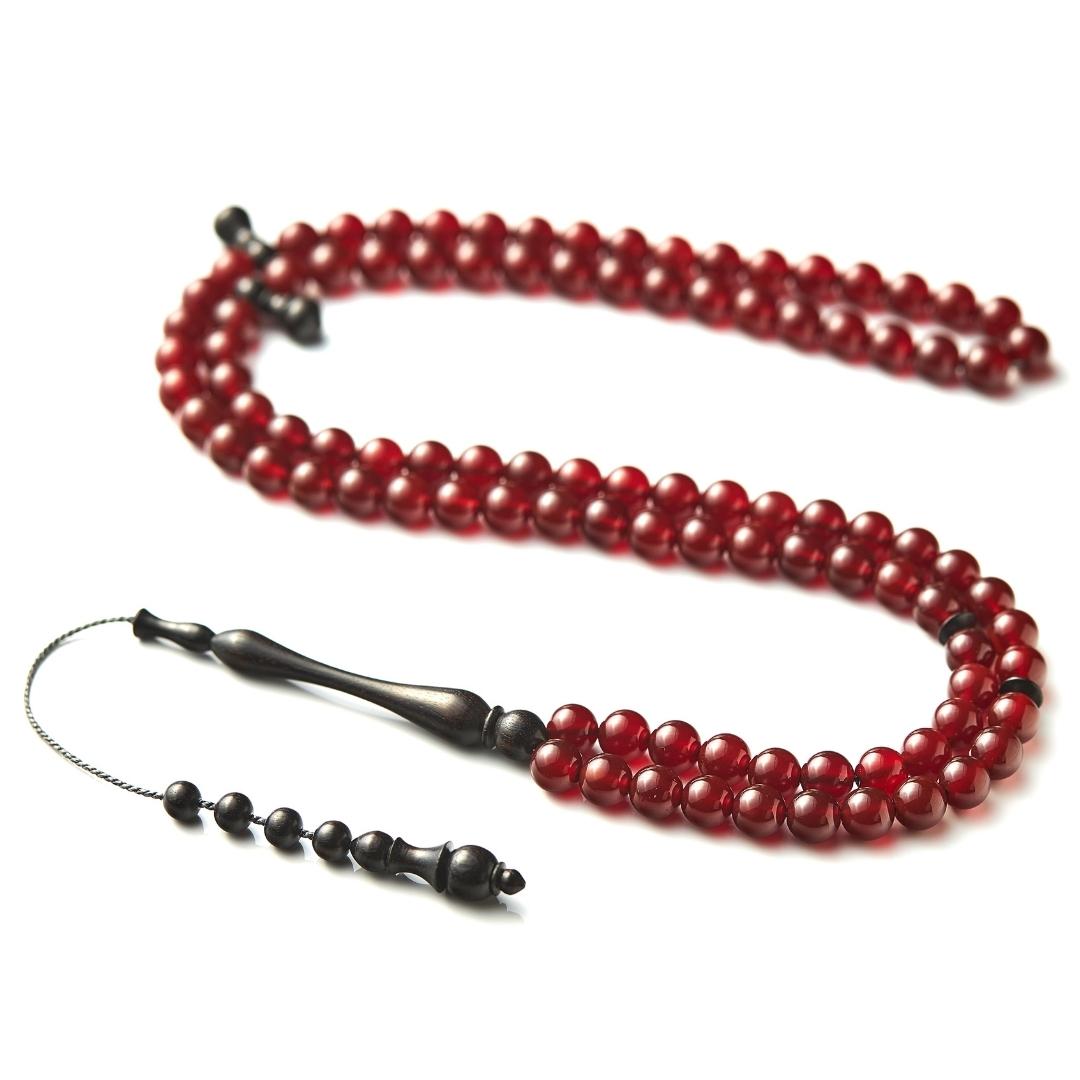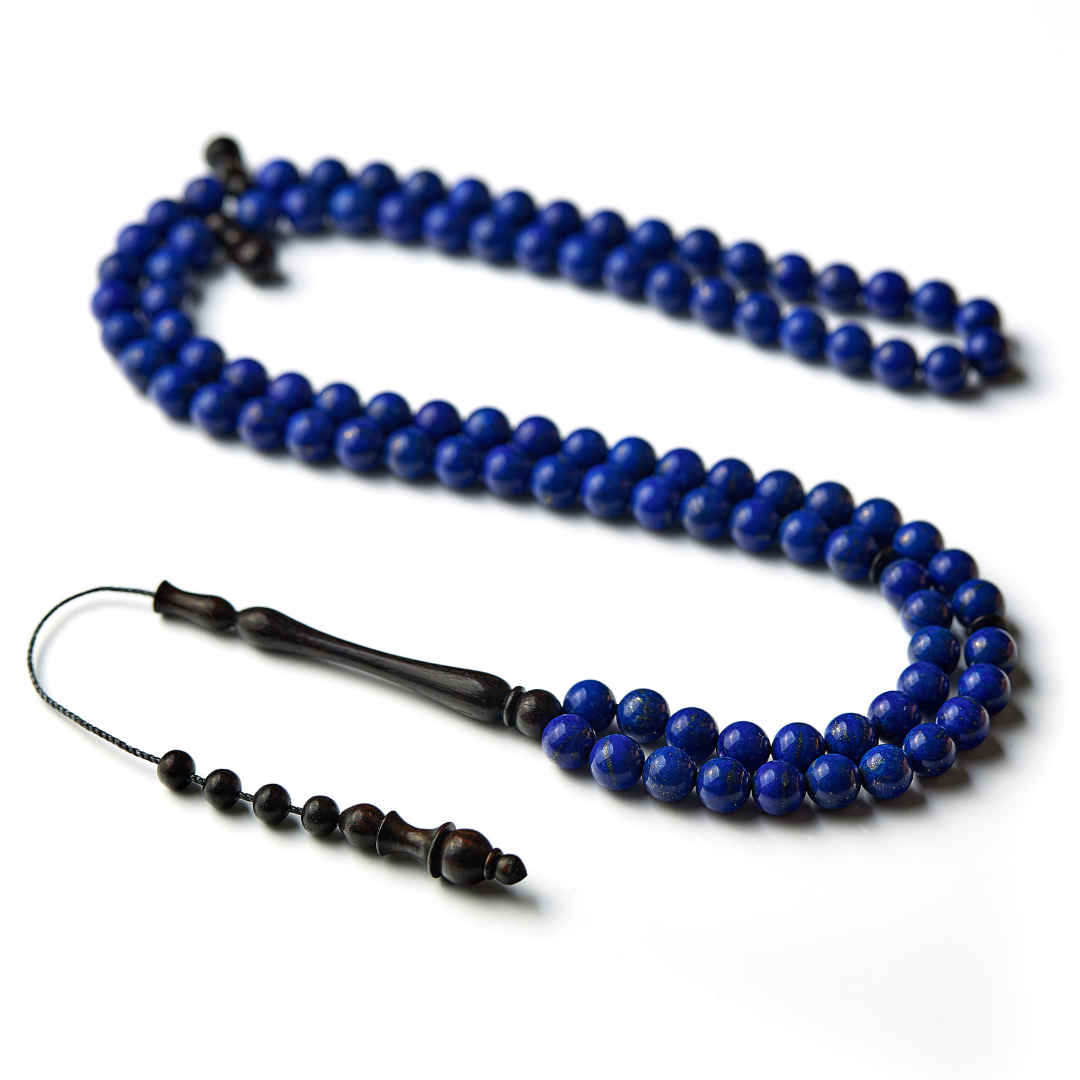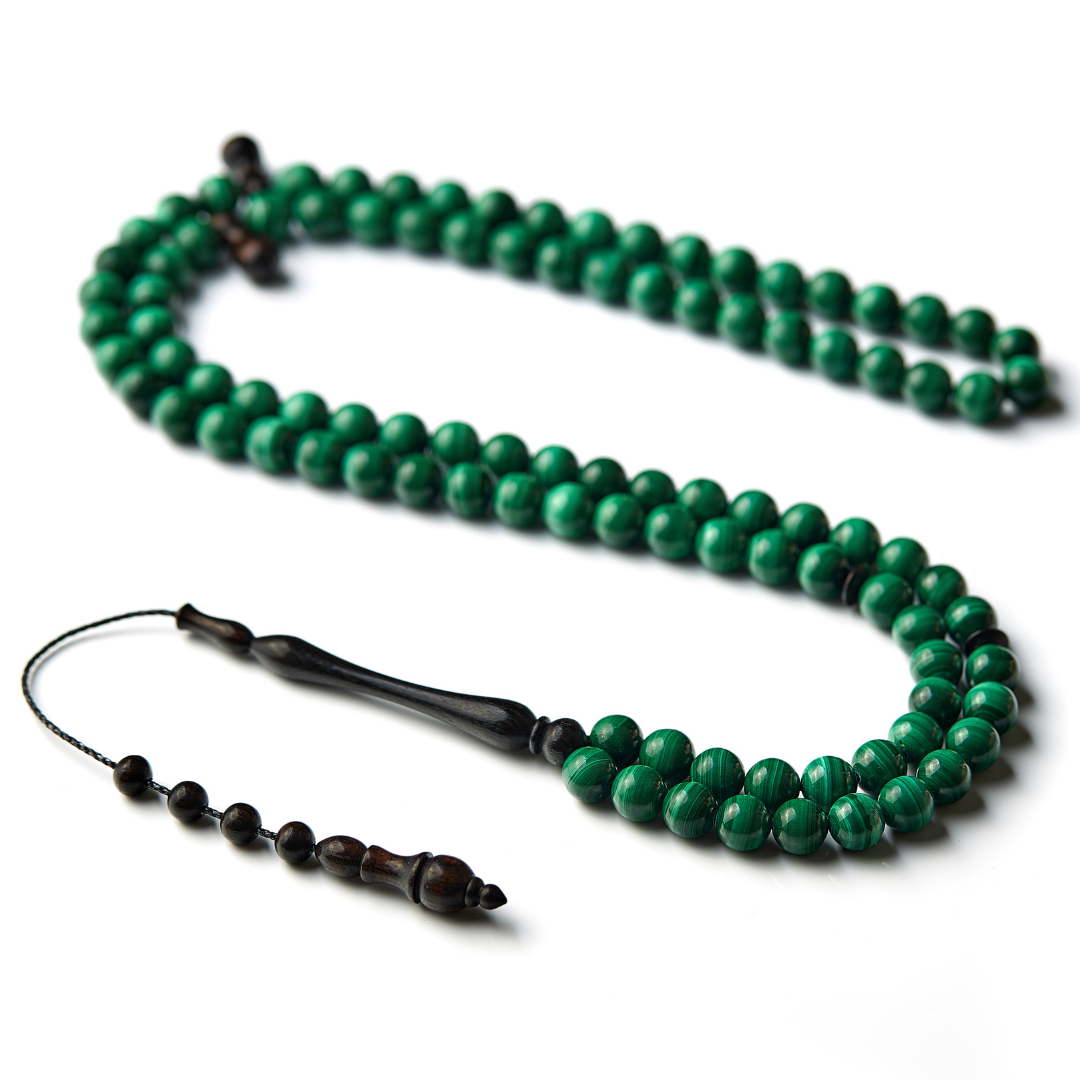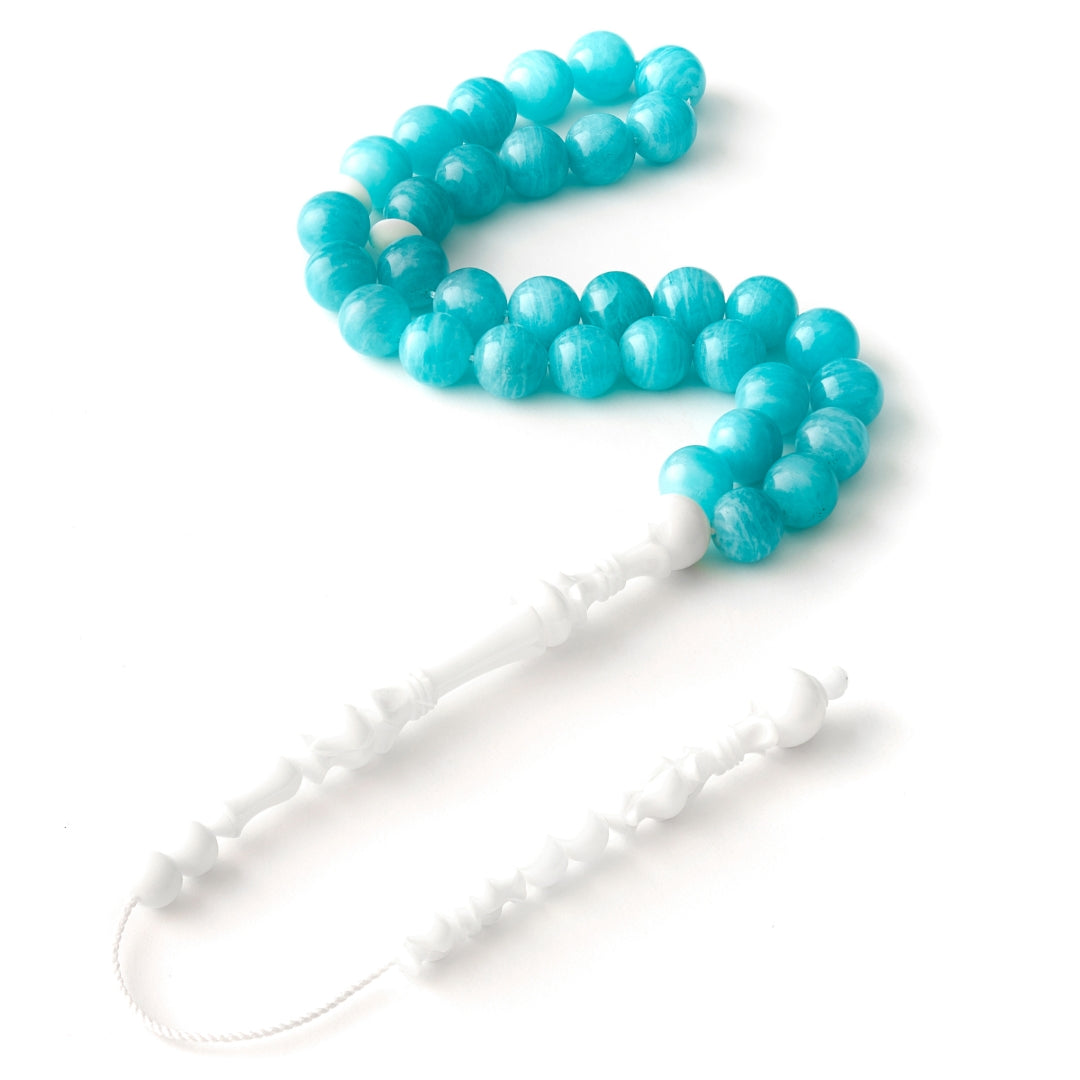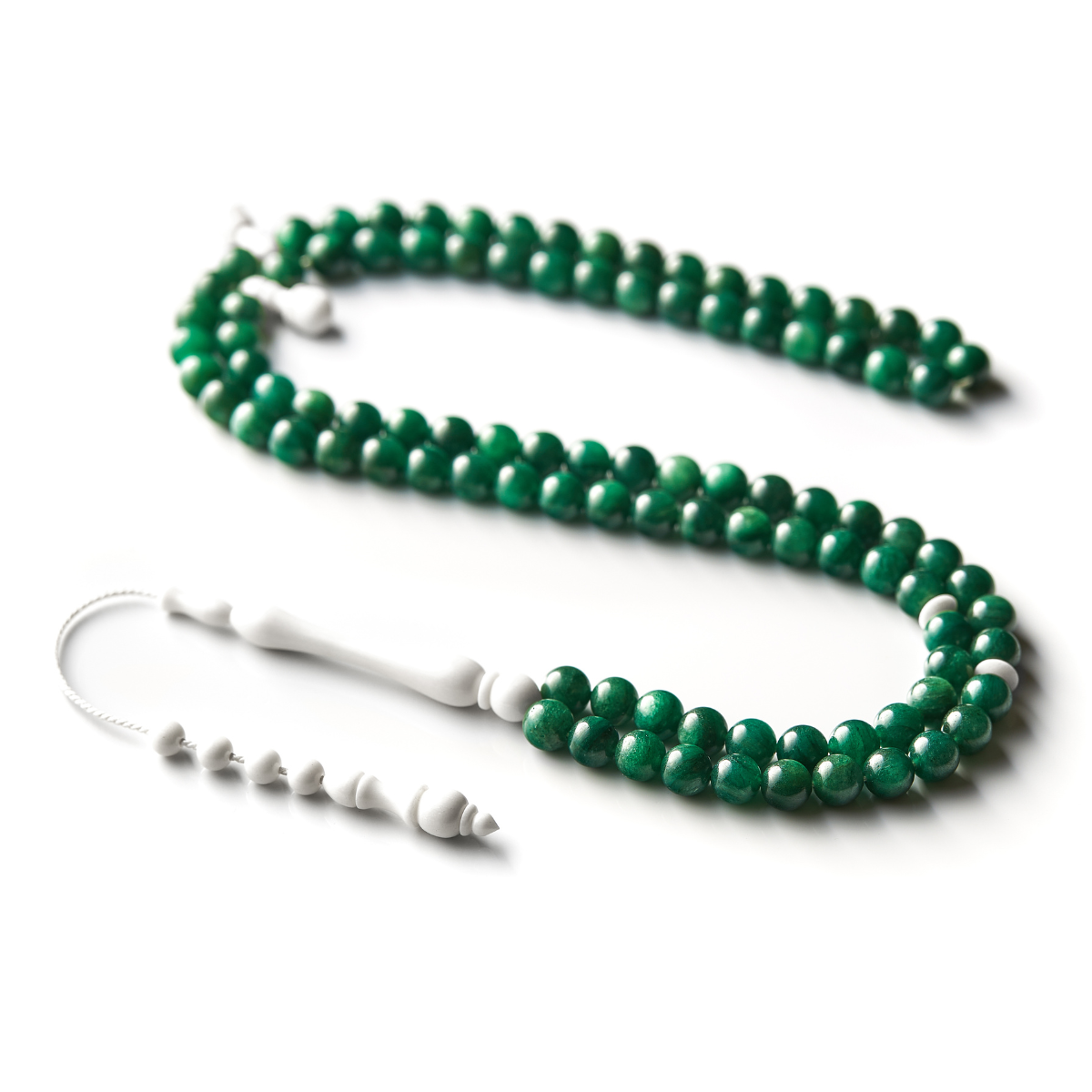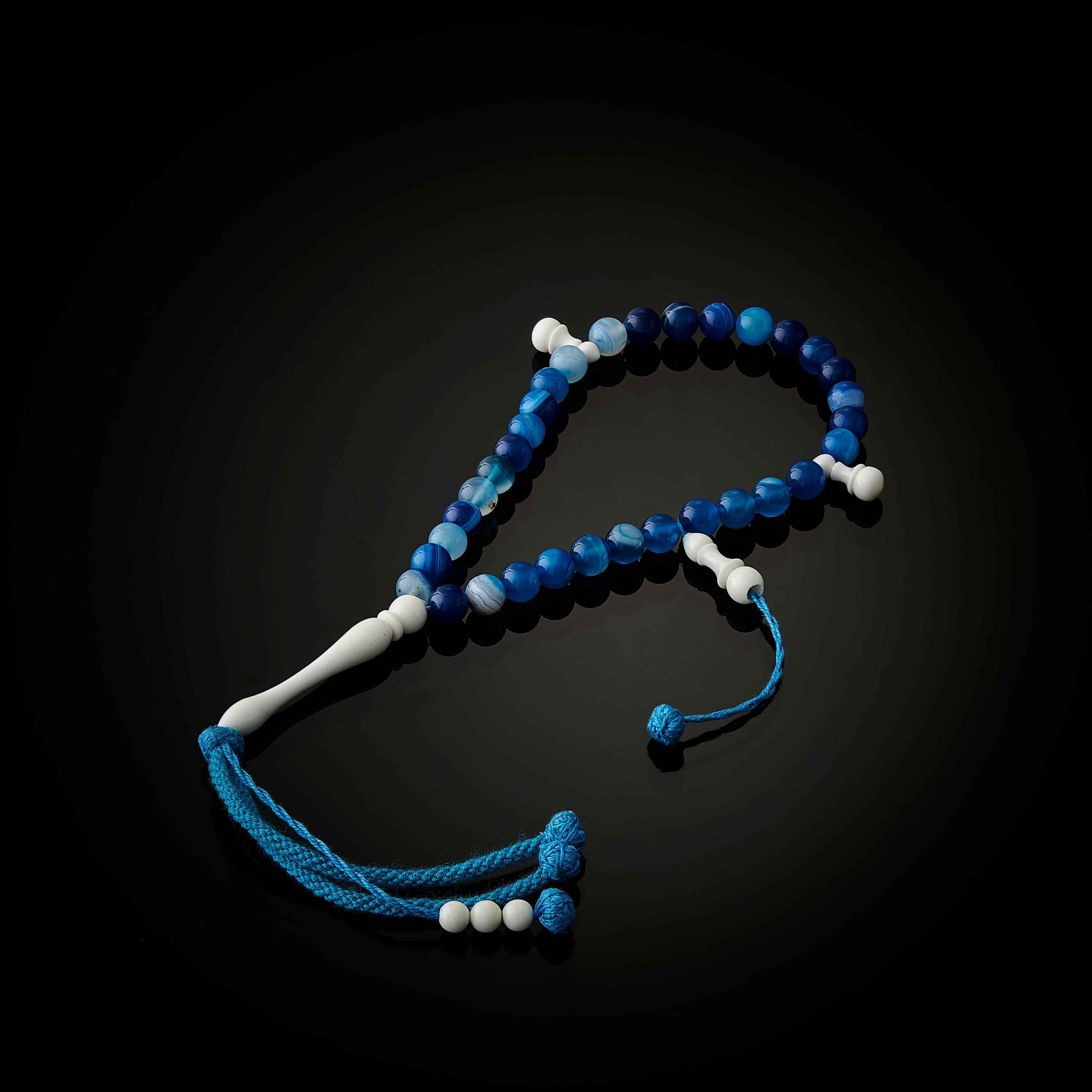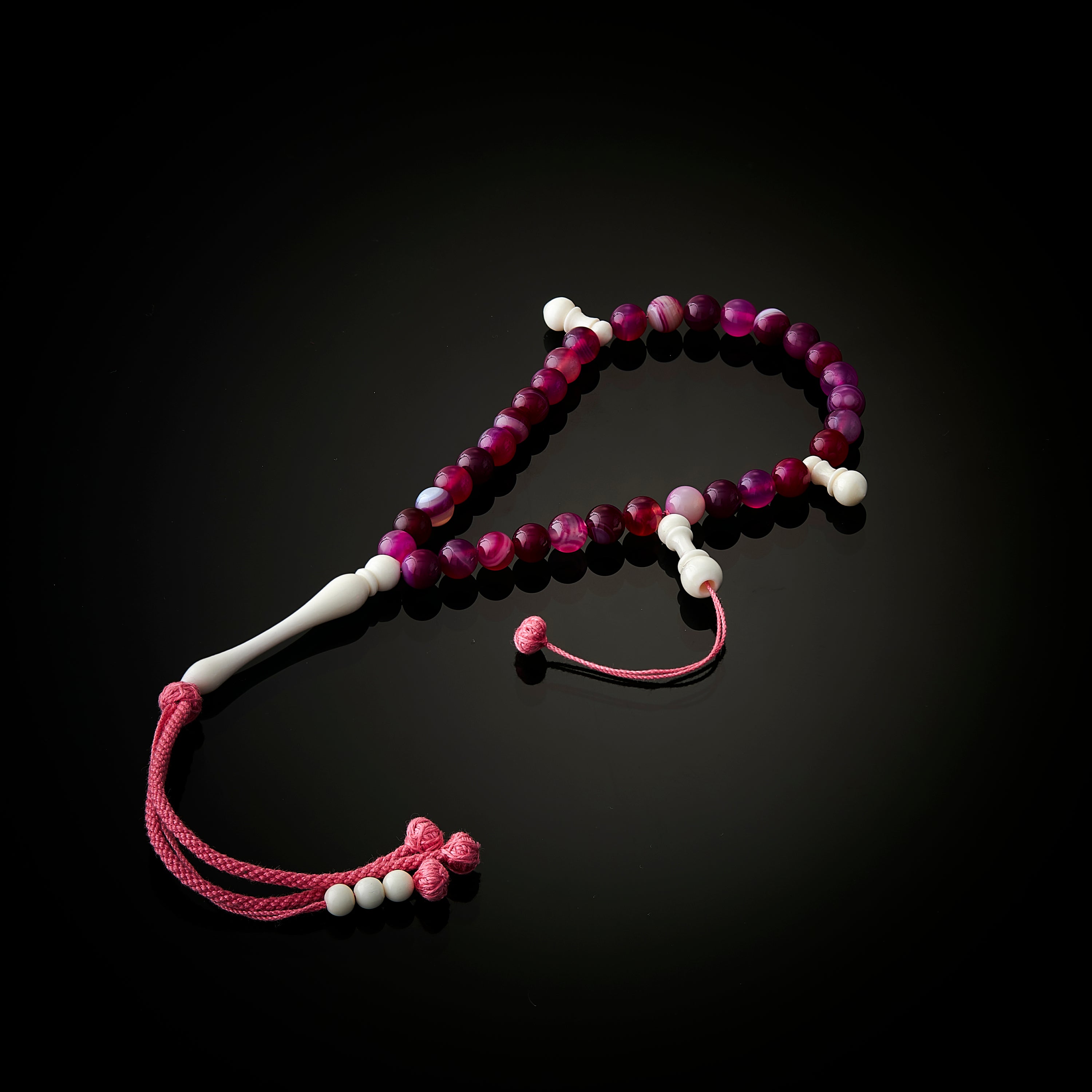Beauty and Islam
Embark on a journey through the essence of beauty in Islam.
More Than Shapes and Colors Beauty transcends physical forms. It's about truths, virtues, the admiration they evoke. Plato saw beauty as a reflection of supreme Good. For us, beauty is the air our soul breathes.
Beauty in Writings Aesthetics, more than sensory perception, is a profound study. In Islamic tradition, it intertwines with theology, philosophy, and jurisprudence. Thinkers like al-Kindi and al-Ghazali wove beauty into deeper discussions.
Beauty in Words In Arabic, jamaal (beauty) applies to both form and essence. It evolves in the Qur’an from ethical to aesthetic. Divine attributes split into beauty (sifat al-jamal) and majesty (sifat al-jalal).
The Objective Nature of Beauty Beauty isn't arbitrary. It's rooted in the metaphysical, tied to reality and existence. It's aligned with truth, knowledge, virtue, justice, and love.
The Divine Connection True Beauty is a sign of the Divine. It nourishes our soul, guides us to truths. Al-Ghazali saw beauty intertwined with love, visible to both the eye and the heart.
The Basmala Reminder In Islam, "Bismillah" realigns intentions, reminding us that everything points to God. Craftsmanship reflects this, pursuing perfection as a divine attribute.
Beauty and the Craftsperson Our artisans draw closer to the Divine through their craft. Their pursuit of excellence is a form of worship, mirroring divine Perfection.
The Role of Crafts Crafts make spiritual realities tangible. They teach us about Truth. Islamic art forms like calligraphy and architecture reveal the Divine presence.
Your Journey with Beauty As you explore beauty, let it transform your heart. It's a pathway to the Divine. Strive for excellence, and let beauty manifest in all you do.
Discover more about beauty in Islam. Dive into the sources. Let the splendor of truth inspire you.
Ready to explore the beauty around and within?
READY TO BE INSPIRED?
BUY ONE GET ONE 50% OFF + FREE SHIPPING

